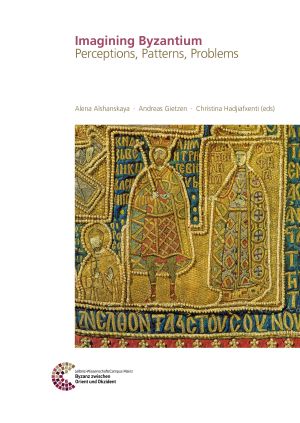
Zitationsvorschlag
Lizenz

Dieses Werk steht unter der Lizenz Creative Commons Namensnennung - Weitergabe unter gleichen Bedingungen 4.0 International.
Veröffentlicht
Downloads
Imagining Byzantium
Perceptions, Patterns, Problems
Byzanz das Andere. Byzanz das Pompöse. Byzanz das Ewige. Die bloße Existenz dieses Reiches mit seiner reichen Geschichte und seiner Andersartigkeit zu westeuropäischen Traditionen beflügelte den Geist von Gelehrten, Adligen, Politikern und den einfachen Menschen während seines Andauerns bis weit über seinen Untergang im Jahr 1453 hinaus. Schriftsteller der Aufklärung vernachlässigten den weitreichenden politischen und kulturellen Einfluss von Byzanz auf seine Nachbarländer und beraubten dem Reich darüber hinaus seiner ursprünglichen historischen Realität. So wurde ein Modell geschaffen, das in allzu unterschiedlichen Konstrukten verwendet werden konnte und sich von positiven bis zu höchst negativen Konnotationen erstreckte. Mit dem Aufkommen neuer Nationalismen, vor allem in Ost- und Südosteuropa und den damit verbundenen politisch inspirierten historischen (Re-) Konstruktionen im 19. und 20. Jahrhundert gewann die Rezeption und die Wahrnehmung von Byzanz neue Facetten. In diesem Band möchten wir diese Muster und die damit verbundenen Probleme näher beleuchten sowie die verschiedenen Arten aufzeigen, wie »Byzanz« als Argumentationsgrundlage für die Nationsbildung und die Konstruktion neuer historiographischer Erzählungen verwendet wurde und wie darüber hinaus sein Erbe in der kirchlichen Geschichtsschreibung fortdauerte.






